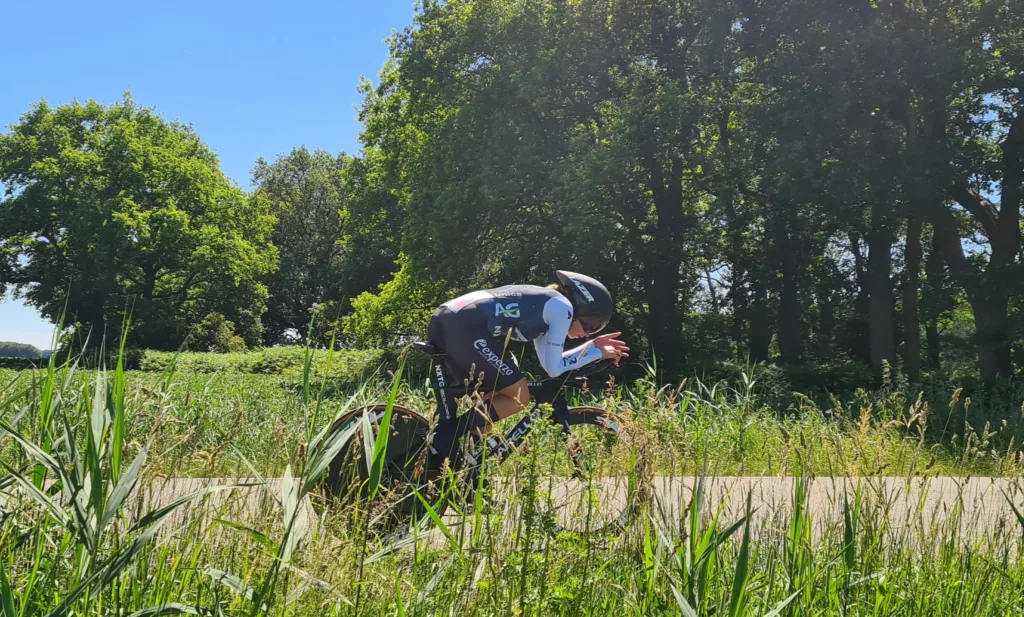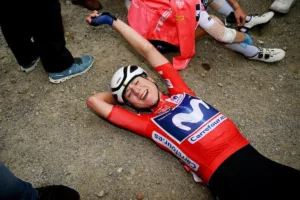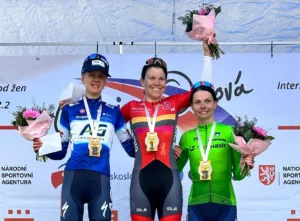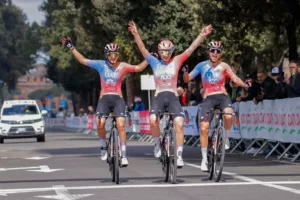Time trialling is the simplest form of bike racing. It’s just you against the clock, which is why the discipline is known as contre la montre in French. The British in particular have a strong connection with time trials which dates back to the early days of organised racing. The government banned racing on the road in the 1890s and so riders had to be creative to test themselves against others. Going off at one-minute intervals gave a plausible justification that riders weren’t racing, mere riding. Plus the secretive world of course codes like K33/10 and V718. Designed so that only those in the know would be able to tell where a race was being held. All very secret society-esque.
The course codes still exist but it’s legal to race the time trials on the road now. Cycling Time Trials are the governing body of this specific area of the sport. You don’t need a race licence or anything and you generally don’t need to be part of a cycling club either. Most clubs will let you race their time trials as a ‘private member’. Only when you want to race regional level ‘Open Time Trials’ will you need to be the member of an affiliated cycling club.
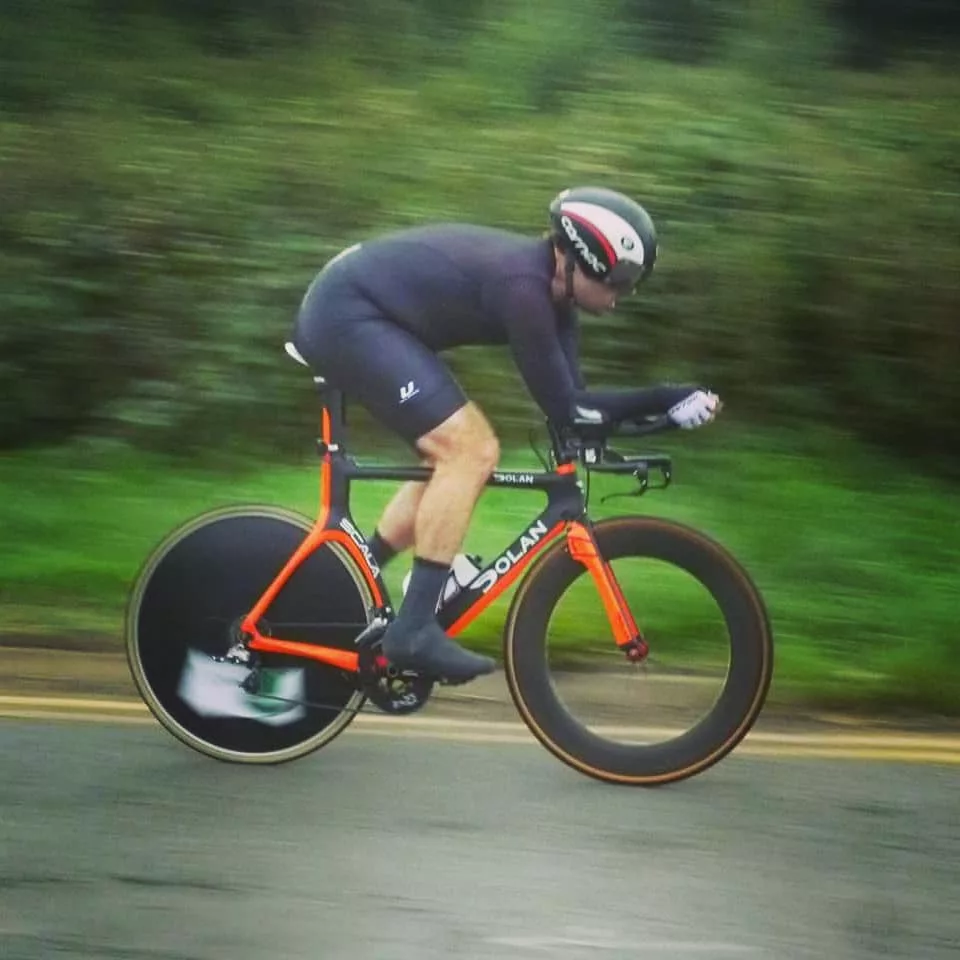
What puts many people off from trying out time trialling is the belief that they’ll get embarrassed. Particularly when they see some of the cycling weaponry that some of the other riders race on. And whilst money can be used to produce fast times, it’s not compensation for actual training. Besides, the real competition is against yourself. Once you’ve set a time on a time trial course, the real battle is seeing how much you can improve on it.
After a while, you might find yourself finishing near the same set of riders on the results sheet. This happens particularly in a Club 10 mile time trial where a small amount of courses are raced regularly. Healthy rivalries develop and it’s fun to see the progression as you start to get closer to and then faster than other people. The post-race chat and discussions about where time was won and lost are an integral part of the whole thing as well!
The next progression from a Club 10 is to tackle an Open. These are events where a wider set of riders from different clubs, usually across a local region, come together to race a time trial. They’re often on a similar set of course through the time trial calendar so you can get to learn those roads pretty quickly. You’ll come across some of the best time trial riders at these events and even the odd pro sometimes. The same rules apply though – it’s you against the clock and if you do well against others, that’s great too!
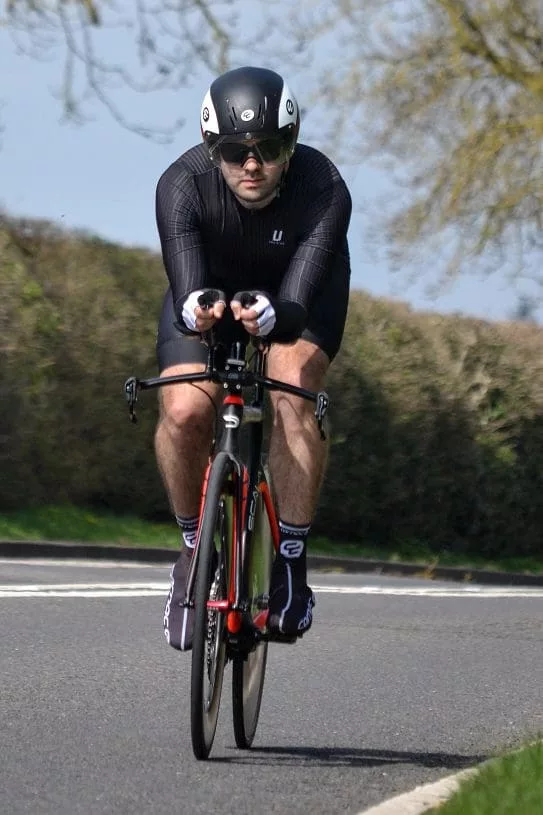
Starting Your First Club 10 Time Trial
- Check the website of your local club
They should have a calendar of all their events. It’s worth making contact before the event to double check that it’s not being run exclusively for club members. This will probably be stated online though if that’s the case. - Get your bike ready
You can ride your road bike as is or make some adjustments. Fitting the most aero wheels you own is a good start and you might have some clip-on aerobars to install too. Make sure you fit a rear light and this is now mandatory for all time trials. - Recon the course
Ideally ride the course but just learning the route on Google Maps so that you know where all the turns and directions are will do. There’s countless tales of riders going wrong on courses they’re not used to on a club time trial. The race won’t be signed so it’s up to you to learn it! - Get to the event early
You’ll need to sign on, pay up and collect your race numbers, then get a good warm-up in. So if a time trial says it starts at 7pm, that’s the time the first rider is off. Ideally get there from 6pm and don’t leave it too late! - Warm-up
You won’t be able to ride on the course once the first rider has started, so find some adjacent roads to get your legs up to speed. Some short efforts will get everything going and prevent any bad reactions after you’ve started. - Head to the start
There’s a bit of a fine line to tread here. You don’t want to be queuing up to start super early but nor do you want to leave it until the last minute either. Aim to be there with 5 minutes to go. You’ll know when you’re due by checking the numbers of those already queuing up or heading to the start line. - The start
When you’re the next rider to start, you’ll get called forward. With 30 seconds to go, a holder will allow you to get clipped in. They’ll then keep you upright until it’s your time to start. The clock holder will usually let you know when there’s 15 seconds to go, 10 seconds and then count down from 5 to Go! - The race
The temptation is to always smash the start. Once you’re up to speed though, just settle into a sustainable rhythm. Around the half-way mark you can start to think about whether you’ve got more in the tank and can up the pace a bit more. You might have to ease off a touch, particularly if you’ve been going uphill or into the wind for the first 5 miles. Having a heart rate monitor or power meter is a great help in being able to gauge your efforts at this point. With a couple of miles to go you can start to begin emptying the tanks. Don’t do it too early though! The last mile in particular you should be able to give it the beans and you’ll see the finish point clearly. Shout your number as you cross the line to help out the time keeper. There’s a decent chance you’ll have been overtaken by someone too, don’t worry, it happens to pretty much everyone (me included!).


